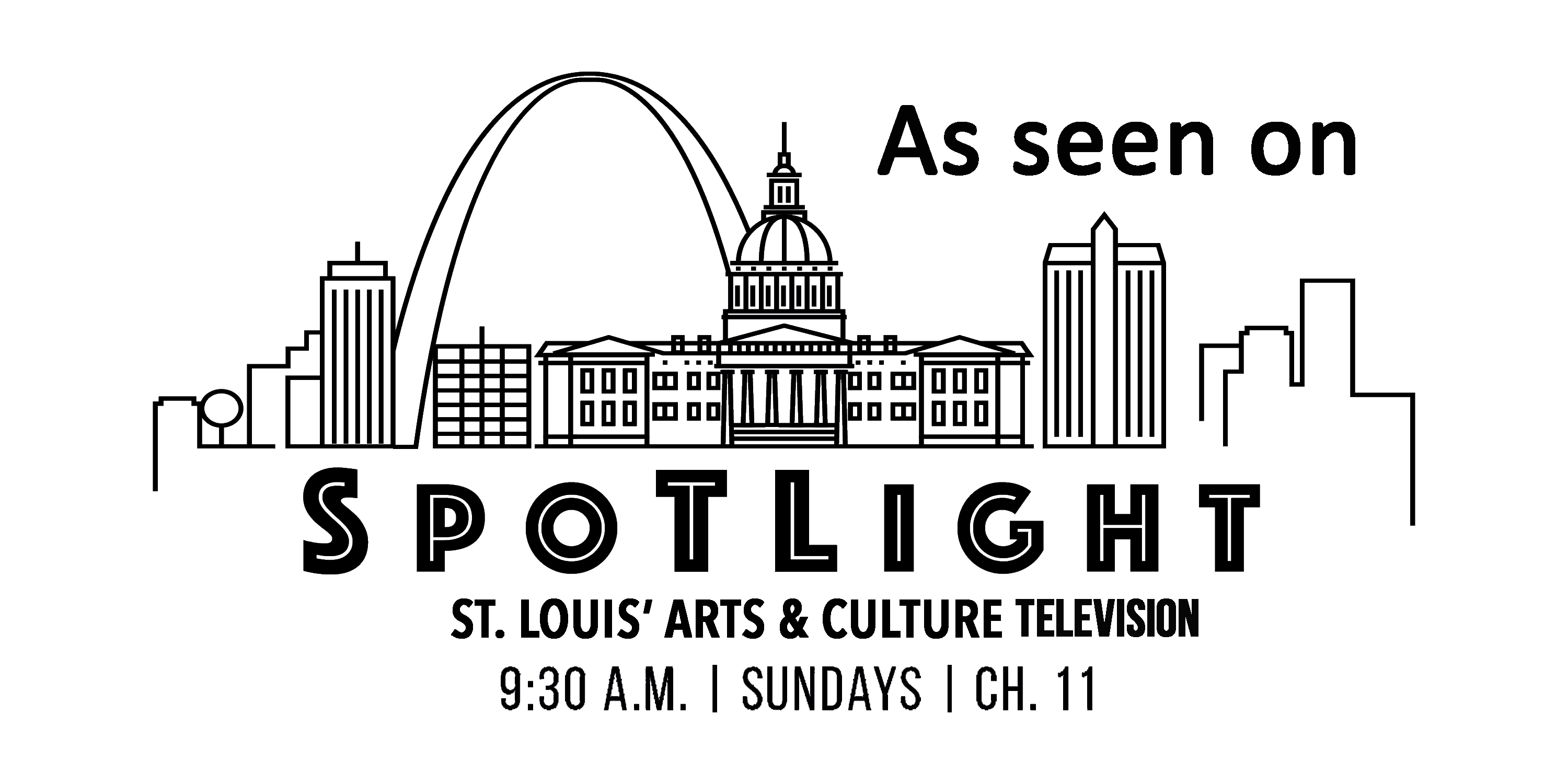By Kelly Maue
On almost any given night, seeing a planet in the night sky is possible. It’s not uncommon to see up to three planets. And every few years, viewing four or five of them at once is possible.
But a rare celestial show will happen very soon. While six planets were on display during the month of January, a seventh planet – Mercury – will join the others on February 28. Look up at the right time, and seven planets will be visible for the first opportunity in 15 years. “The Great Alignment,” as it’s called, will show off four planets in clear view with three more that are a little trickier to find.
The naked eye can detect Mercury, Venus, Jupiter, and Mars – while Uranus, Neptune, and Saturn require a bit of effort. Thankfully, the New Moon will coincide with the alignment and help detect those planets that are harder to see.
Venus is the brightest planet and, therefore, the easiest to find. Look to the west-southwest sky at dusk and find it just above the horizon within the constellation Pisces. Next, Saturn will be below Venus, but this “Lord of the Rings,” which is normally fairly easy to find, will be close to the Sun, making it harder to see. Mercury will be close to the horizon, within Aquarius. With a slightly reddish hue, Mars will be higher above the southern horizon in Gemini. And look for Jupiter, second only to Venus in brightness, in the constellation Taurus. A telescope or binoculars will be necessary to find Uranus and Neptune. One handy tool to help find all seven planets is the app, The Sky Tonight. Try its Time Machine feature ahead of time to get a preview of where the planets will show up in your location on the big night.
And Pluto is no longer included. Remember a couple of decades ago when we had nine planets in our solar system? The International Astronomical Union downgraded it to dwarf planet status in 2006.
Prime viewing for the upcoming planetary alignment will be just after sunset. For the best experience, be ready with your app, binoculars, or telescope before dusk. Find an open area with good visibility away from city lights, tall trees, and other structures. A darker location is best. And remember, while searching the sky, stars twinkle, but the planets do not.
Seeing this many planets gather closely in the sky on the same side of the Sun is special. Be sure to mark February 28 on your calendar because seven planets won’t align again until 2040. And when will the Earth join in alignment with the other 7 planets? That won’t happen until 2161!
Also worth noting, in about 5 or 6 billion years, the Sun will run out of hydrogen fuel and expand into a red giant star. During this phase, it will likely swallow Mercury and Venus (and possibly the Earth) – so see the planetary alignment while you can.

